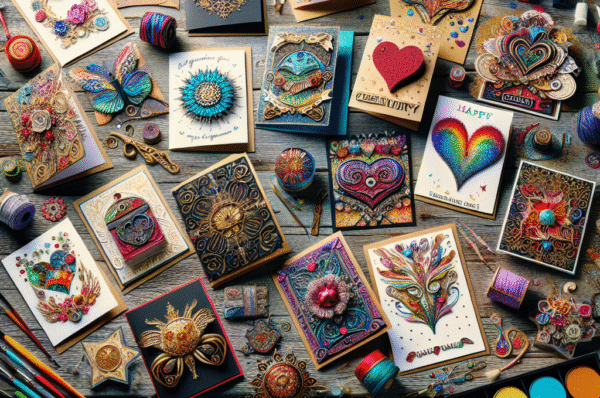Introduction
Trading cards have long stood as a nostalgic symbol of childhood imagination and camaraderie, treasured relics exchanged during lunchtime on playgrounds or flipped through in basements. However, in recent years, they have evolved from simple pastimes into significant financial assets. The journey of trading cards, from their origins in playgrounds to their surprising foothold in Wall Street, reflects broader economic and cultural trends that have reshaped the way people perceive collectibles.
The Birth of Trading Cards
Trading cards trace their origins back to the late 19th century, when the tobacco industry began including them in packages as promotional pieces. These initial cards primarily featured baseball players, planting the seeds for what would grow into a multi-billion-dollar industry. With the rise of youth-centric culture in the mid-20th century, the demand for cards featuring superheroes, cartoons, and athletes skyrocketed. Brands like Topps, Fleer, and Upper Deck emerged, producing millions of cards that children eagerly traded and collected, often to complete elusive sets.
Playground Culture
In the heyday of trading cards, elementary school playgrounds buzzed with excitement as kids gathered around makeshift tables of asphalt, hastily negotiating trades or engaging in spirited games where card values soared or plummeted with each flip of a corner or spin of a die. From baseball cards to Magic: The Gathering, these artifacts bridged friendships and fostered competition. They were not just products; they were tokens of identity and community, representing status among peers and a gateway into organized play.
Yet, the real magic lay in the thrill of collecting. The quest to complete a set ignited passion and drive in young collectors. Rare cards were coveted, often held like sacred objects, and the market for purchasing, selling, or trading cards grew organically as a reflection of community trends.
The Resurgence of Collectibles
Fast forward to the 21st century, and trading cards began to experience a revival. Fueled by nostalgia and the increasing popularity of collectible card games and e-sports, young adults and children alike began to revisit their childhood hobbies. Social media platforms like Instagram and TikTok emerged, creating vibrant communities where collectors showcased their prized possessions, shared trading tips, and even conducted live breaks—events where collectors would buy into a box of cards, and the cards would be opened live on camera.
During the COVID-19 pandemic, this resurgence exploded. People found solace in revisiting their favorite childhood activities while stuck at home, and trading cards provided an outlet for connection and nostalgia. The market witnessed a surge in demand, as celebrities and athletes began investing in and promoting trading card collections, further elevating their status.
From Playground to Wall Street
The most astonishing transformation, however, has been the transition of trading cards from the playground to Wall Street. The emergence of online marketplaces and auction houses has made it easier for collectors to sell their cards for unprecedented sums. Iconic cards, like the 2003 LeBron James rookie card, have fetched millions at auction, establishing a new paradigm where trading cards are viewed as investment vehicles rather than mere childhood artifacts.
In addition, fractional ownership platforms have democratized the trading card market, allowing everyday investors to buy shares in high-value cards. This new financial instrument has made it easier for people to diversify their investment portfolios with tangible assets that remind them of simpler times. Companies like Rally Rd. and Myco have created avenues for this kind of investment, merging traditional asset management with the thrill of collectible ownership.
The Future of Trading Cards
As trading cards continue to gain traction in financial markets, their future seems bright. Collectors now view cards as more than just nostalgic items—they see them as investments. This mindset shift is leading to increased innovation in the industry, with companies introducing new products and engaging more directly with collectors through online formats.
Simultaneously, the digital age has birthed the rise of non-fungible tokens (NFTs) in the card market, merging the physical and digital worlds. Digital collectibles, which provide proof of ownership through blockchain technology, have attracted a new wave of collectors and investors, further blurring the lines of traditional trading card collecting.
Conclusion
From their humble beginnings as playful exchanges on schoolyards to their current status as lucrative financial assets on Wall Street, trading cards have come a long way. They encapsulate the nostalgia of childhood while offering modern opportunities for investment and innovation. As the trading card market continues to evolve, collectors will undoubtedly cherish the memories they symbolize while navigating a new landscape of financial possibilities. Whether you’re a veteran collector or a curious newcomer, trading cards present an endless journey—one rich with history, excitement, and the tantalizing promise of future gains.




